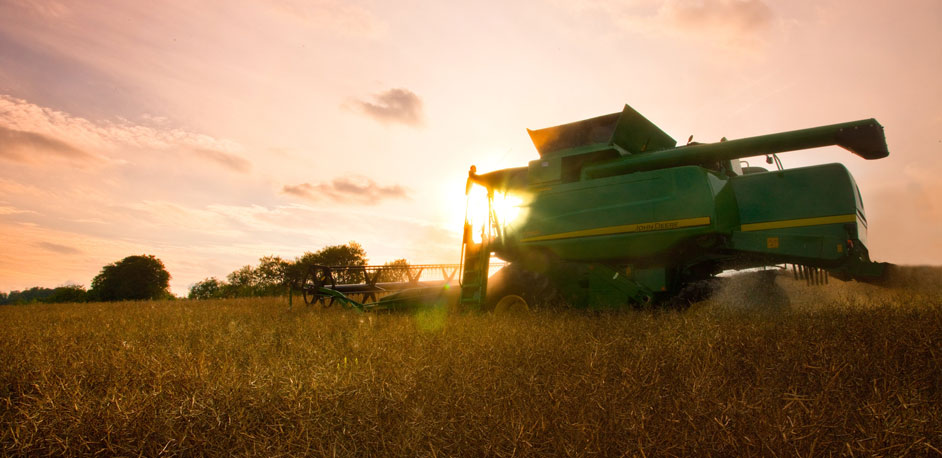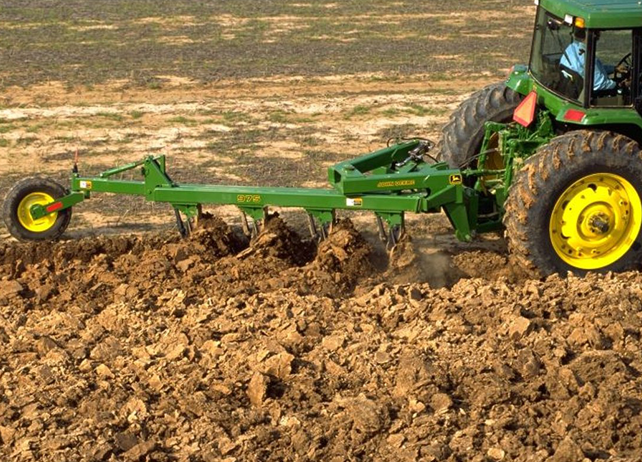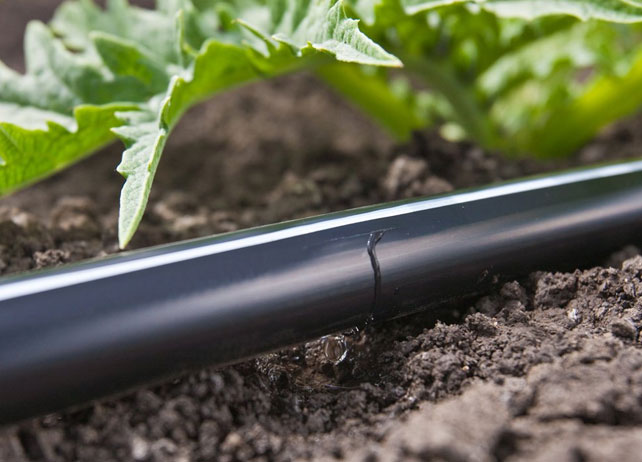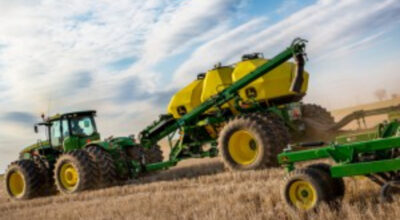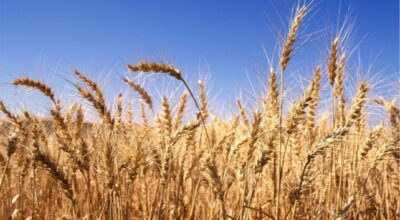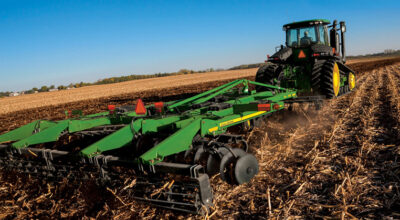For anyone interested in growing winter wheat there are certain things to know before diving in such as soil conditions, timing, pesticides, watering, and maintenance. Winter wheat can make for a bountiful crop that can be successful in various weather and terrain conditions.
In order to reap the full benefits of growing a winter wheat crop it is essential to follow these steps in planting, growing, and harvesting.
Timing: The best time to plant your winter wheat crop is in the fall, 6 to 8 weeks before the soil freezes. For every climate the timing will be different but is important to give the seedlings enough time for root development before winter sets in. If winter wheat is planted too early it may result in smothering itself the following spring or being prone to insect harm in late summer.
Soil: Soil that is well-drained, medium texture and moderate fertility provide optimal conditions for growing winter wheat. These soil conditions aid in the nitrogen uptake required for winter wheat in the early stages of root growth. Winter wheat tends to be tolerant to tough soil conditions such as poorly drained and heavy soils, but too much water can flood the soil and drown the seed.
Irrigation: The cool winter season in which winter wheat is grown makes it a low water-use crop. Depending the seasonal rainfall in your area, winter wheat crops typically require approximately 18-20” of water per season. Water is needed most when roots are developing and stems are sprouting; once winter wheat stocks are full grown the water needs reduce significantly. Farmers growing winter wheat are encouraged to calculate water needs based on estimated soil moisture, rainfall, and irrigation.
Pest Management: As far as warding off weeds, winter wheat doesn’t need much help, but insects and disease are a different story. Winter wheat can be very susceptible to disease risk if it is planted too early in the fall, especially in humid areas. Resistant sprays and IPM practices can help to reduce the risk of harm from insects and disease.
Taking these steps is essential to planting a healthy and successful winter wheat crop. The growth of any crop is hugely dependent on the environment it is planted in so be sure to get all the information about how hospitable your area is to growing winter wheat. Do you have any other advice for people interested in growing winter wheat? If so, we would love to hear from you!
If you enjoyed this post read more like it on our Facebook page!
